Some Days It’s All About the Twitch
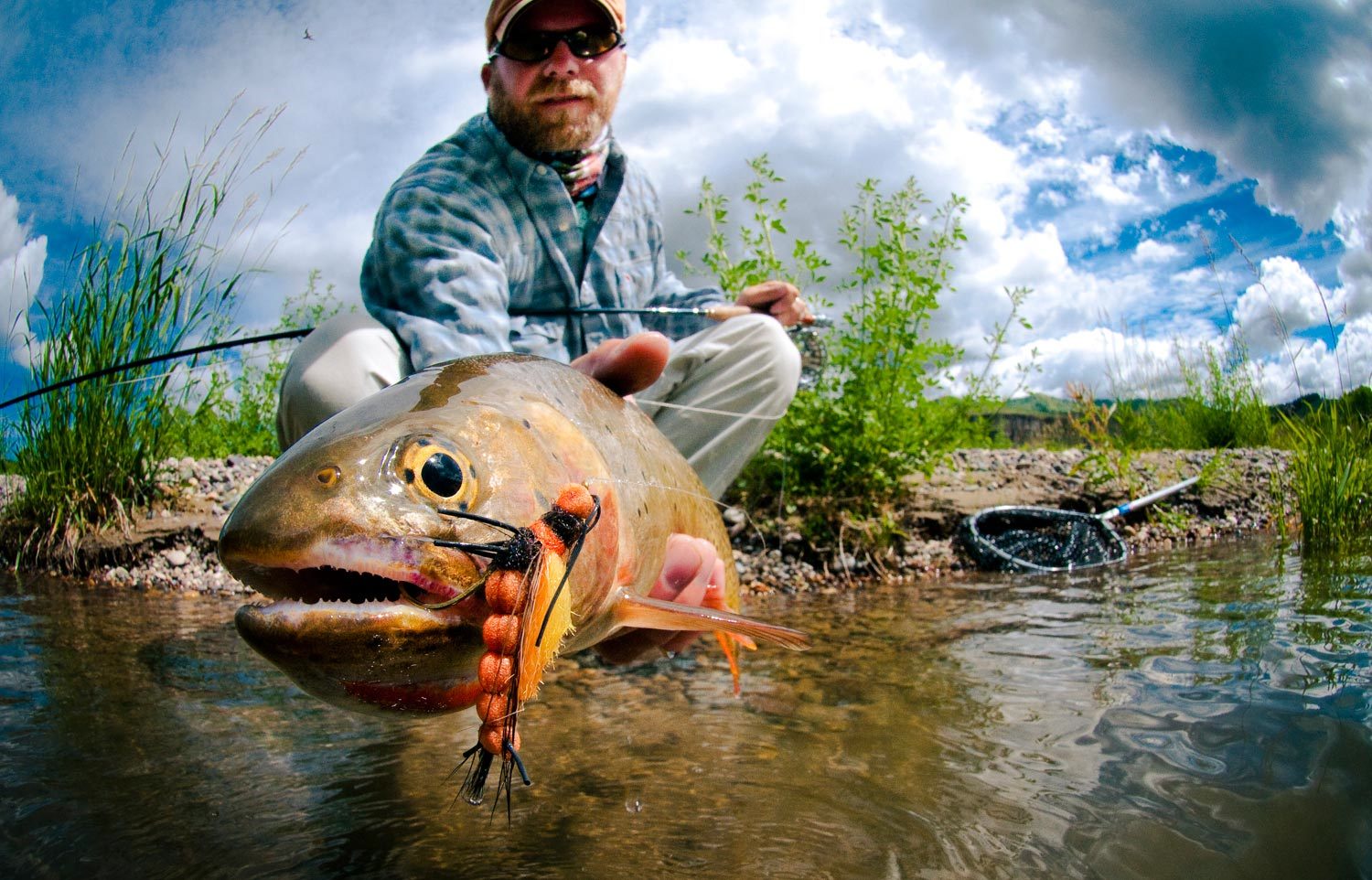
Last week, I had the honor of fly fishing with Rob Parkins (WY & ID veteran guide) and Zack Dalton (Farbanks Sales Manager) on the South Fork of the Snake River during an epic salmonfly hatch.
Read More »Careful What You Ask For
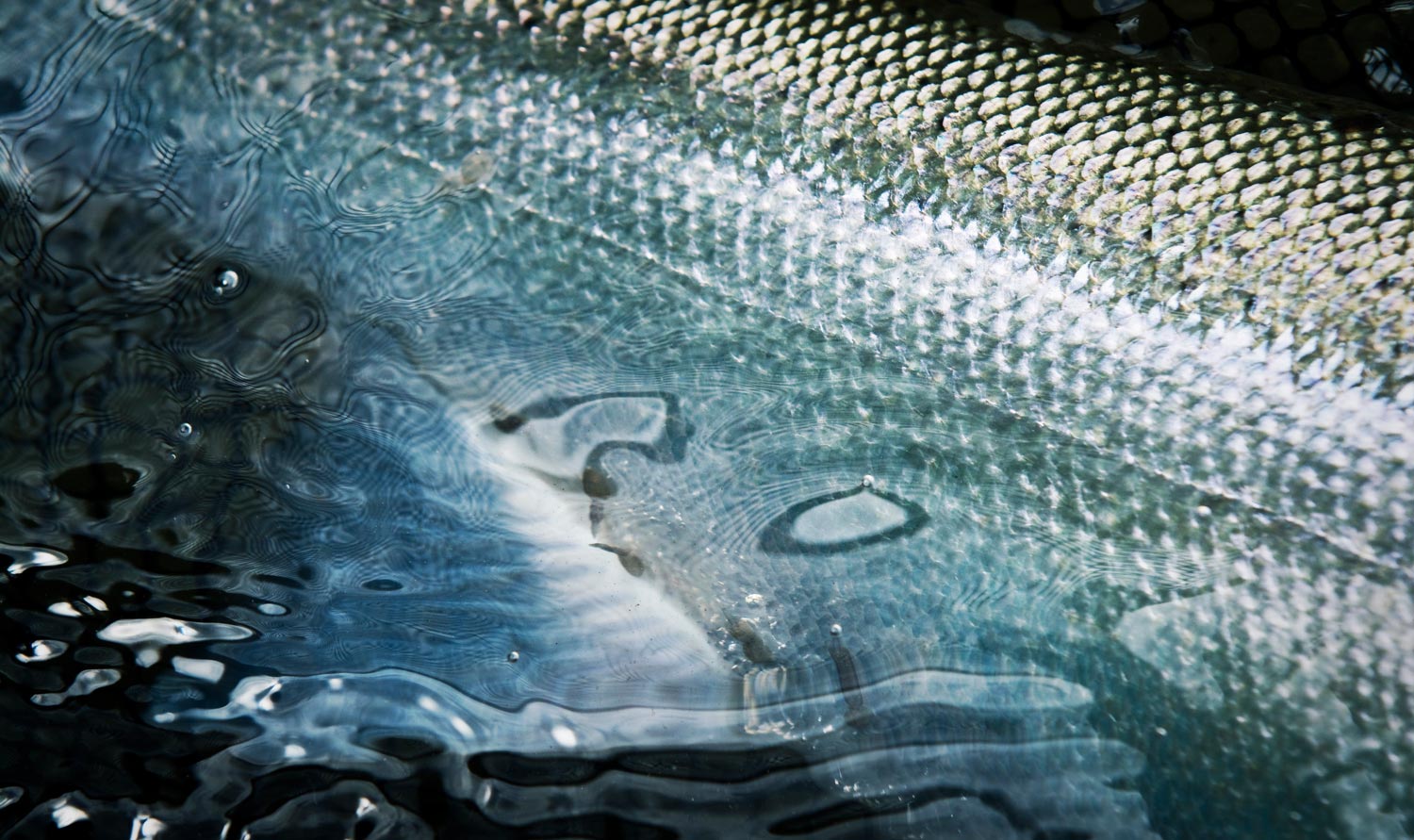
All fish are not created equal.
It’s funny how what we want out of fly fishing changes over the years. We’ve all heard the story, I want to catch a fish, I want to catch a lot of fish, I want to catch a big fish… As I evolve as an angler I always look for new experiences, new species, new techniques, anything to keep the game fun and challenging. I continue to spend plenty of time covering old familiar territory, but what I get out of it is very different. Fishing a stream that used to be all about hunting big trout, may now be a great way to share some time and water with an old friend or watch a new friend catch their biggest fish to date. Just as rewarding, but in a different way.
That doesn’t mean that I no longer have goals as an angler. I’m very goal oriented. Those goals are just more complicated than they once were and they are defiantly not all about fish size. Two years ago when I landed a 42-inch steelhead on the Dean River, my friend Andrew Bennett said, that may well be the biggest steelhead you’ll ever catch. My personality almost precludes that kind of thinking, but it would be arrogant to not see that he might have been right. I haven’t given up on breaking that personal record, but I have incorporated some less size based goals.
I was back on the Dean recently, at the awesome Kimsquit Bay lodge, and although I didn’t go with a goal in mind, I guess I had one rattling around back there somewhere. I was telling a buddy that I’d never had what seems to be a pretty common experience on the Dean. I’d never had a steelhead really take me to the cleaners. I’ve hade some pretty tough fights on that river. It’s no myth that those fish are the hottest and most aggressive in the world, but I’d never had the experience of getting that big midstream eat with the fish heading for the ocean and no prayer of stopping it. That sounds fun and I’ve always wanted to do it
I’d pretty much made up my mind that it was all hype. Most anglers, in my opinion, even experienced anglers, have no idea how hard they can and should fight fish. Many just don’t have the technique and few actually have a good grasp on the amount of pressure they put on fish. If you are a serious tarpon angler, you know what I’m talking about. Until you get out the spring scale and fly rod, you’re just guessing and you’re probably guessing wrong. I wrote those Dean stories off to hyperbole. That, it turns out, was premature.
I was fishing a run called Cut Bank
Read More »Sunday Classic / Nymph Fishing, There’s Nothing Wrong With It
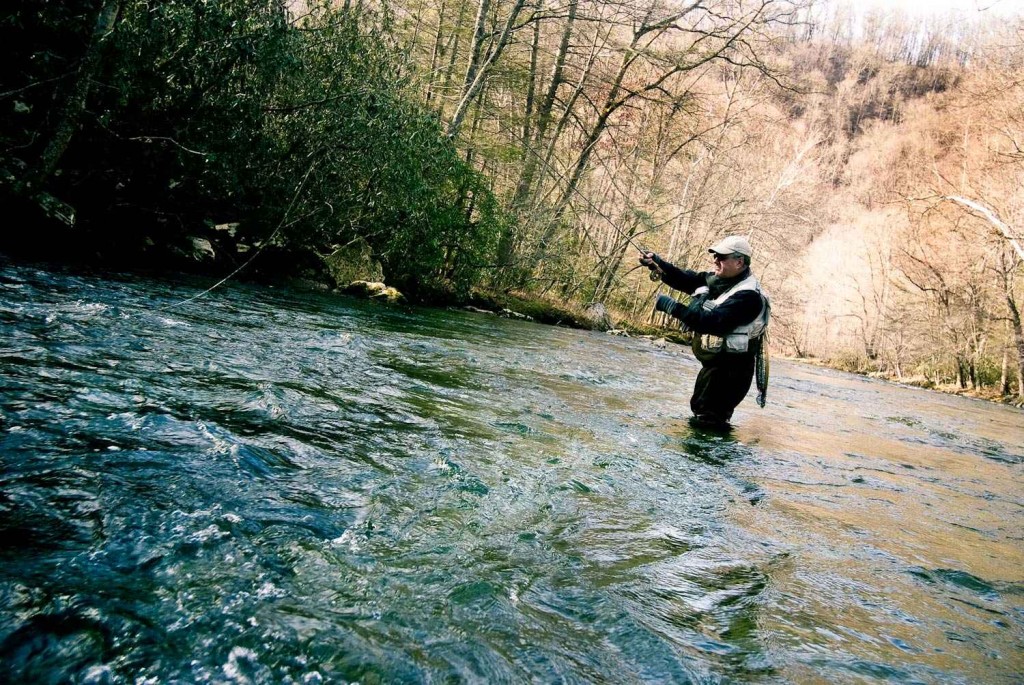
It seems like every where I look, I see blog posts all over the place chastising and bad mouthing nymph fishing. I hear comments claiming nymph fishing is nothing more than mindless fly fishing. That watching indicators floating down the river all day is boring. So let me ask you this, does it make since to instead fish a dry fly if your chances of catching fish are slim to none? To me, that’s what’s boring and ridiculous. My objective on the water is always to decipher what the fish are predominantly feeding on, and then fish the appropriate rig and fly that allows me to imitate it to my best ability. Whether or not the fly pattern is a wet or dry fly has no bearing to me at all. All that matters is that it’s the right choice for the moment. To frown upon nymph fishing and purposely avoid it, even when it’s obvious it’s an anglers best bet for success, is like a golfer choosing to putt with a driver instead of a putter. It will work but it’s obviously not the best gear choice. We don’t go through life purposely choosing to take the most difficult path in the off chance we’ll find success. Just as in fly fishing, it doesn’t make any sense to fish one method of fly fishing over another just because it feels more pleasing to the soul. I can stomach doing it every now and then, but to ignore fish behavior and throw away my adaptive fishing tactics, just because I dislike nymph fishing or any other method, seems to go against all the teachings that our fly fishing pioneers have worked so hard to pass down to all of us. It doesn’t matter what type of fly pattern your fishing, … Continue reading
Read More »Saturday Shoutout / Killing The Colorado

It’s hard to be an angler and not care about water.
With most of the U.S. suffering from prolonged drought anglers and the fish they pursue are united in the search for water. In no case is this more evident than the Colorado river. The battle over the waters of the Colorado are legendary, and though it may seen an isolated issue, there are lessons to be learned for water management everywhere.
When Abraham Lustgarten began work on his series “Killing The Colorado” he thought it would be a piece on climate change. It turned out to be much more. It turned out that, in spite of the Colorado suffering from drought for over fifteen years, the bulk of the damage has been done by mismanagement.
It’s a fascinating bit of reporting, and very informative.
YOU CAN READ “KILLING THE COLORADO” HERE
AND LISTEN TO AN INTERVIEW WITH LUSTGARTEN HERE.
Read More »Under Armour ISO-Chill, Made Right
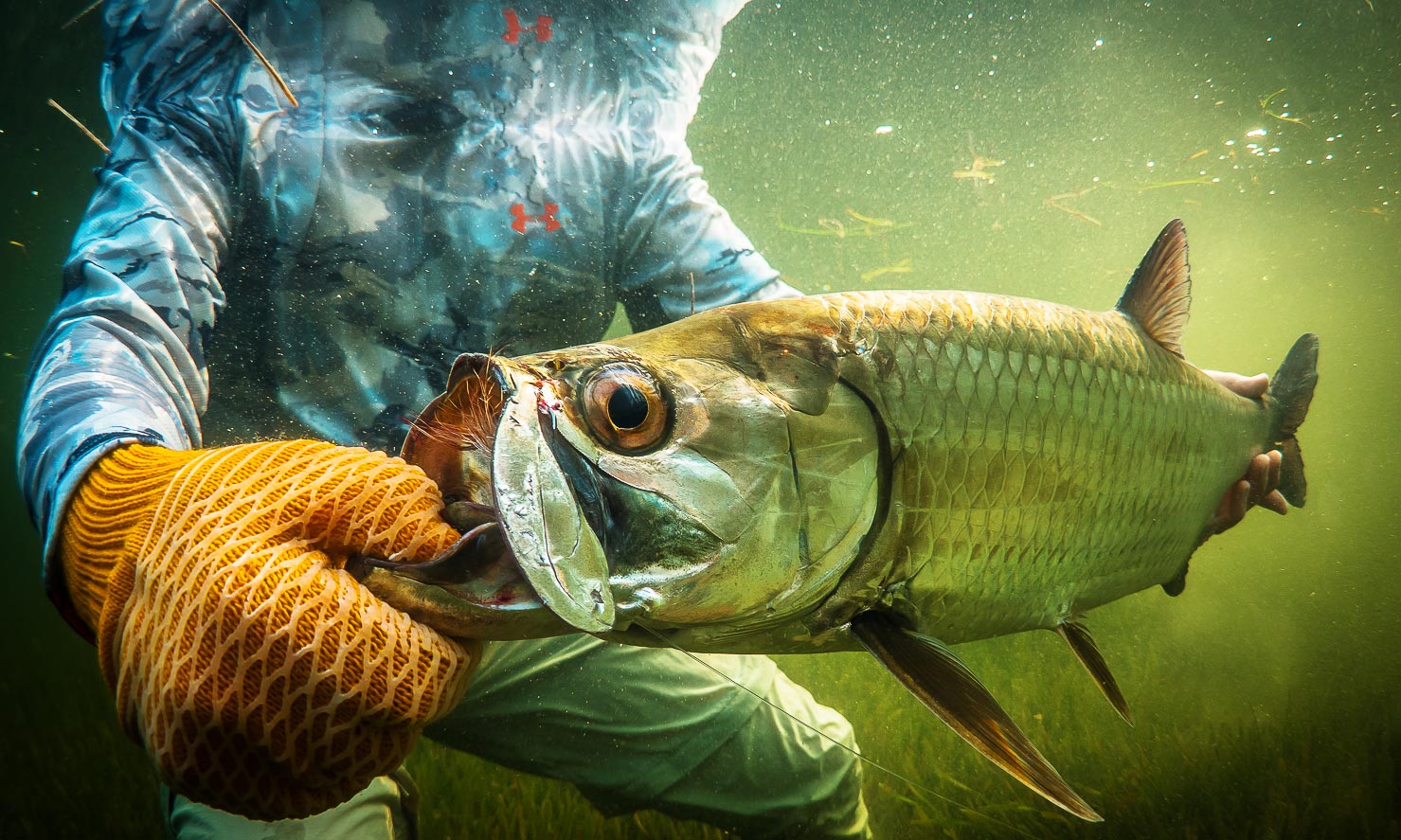
I’M WARY OF GIMMICKS AND MARKETING SLOGANS.
I tend to discount claims made by any company about the magical properties of their products. So when I hear that a piece of clothing will keep me cool when it’s a hundred degrees and there’s not a breath of wind, I don’t even take the time to be skeptical. I just don’t believe it.
So what’s up with Under Armour’s ISO-Chill products? The fine print reads, “Made from yarns with increased surface area that help dissipate heat from the body, creating a cooling effect.” I wouldn’t call that claim magical but I was relieved to find out that ISO-Chill is not some day-glow chemical that’s going to turn me into the Toxic Avenger. The fabric does feel cool to the touch. In fact, the feel of the fabric is one of my favorite things about this gear. Plenty of companies have technical fabric designed to keep you cool. The ISO-Chill works as well as any of them. It’s UPF-30 rated and it dries very quickly. That’s all fine, but it’s not what has made it my favorite micro fiber gear.
What I really like about the Under Armour line is the design. It comes down to fundamentals. What I’m going to call the three Fs. Fit, Fabric and Features. I’m less impressed with claims of proprietary technology than I am with a piece of clothing that is just a pleasure to wear.
FIT
Let’s get this out of the way. I’m a big guy. 6’4″ and a little over 250 pounds. Ok, 260. I have a beer once in a while, so sue me. I’m well over my ideal weight but not Springer fat. I wear an honest XXL. The problem is that most fishing gear is made for Montana trout guides living off boiled eggs and dip. The Under Armour sizing is real-life proportioned. I can wear a XXL without it feeling painted on. I’m comfortable and I’m thinking about my fishing, not my diet.
FABRIC
All of the ISO-Chill fabrics feel great. The texture and the weight of them feel like quality fabrics. They are super comfortable against your skin, they have the right amount of stretch and they hold up really well. They don’t pick and snag, they keep
Read More »Fly Fishing: 3 Great Times to Fish Streamers
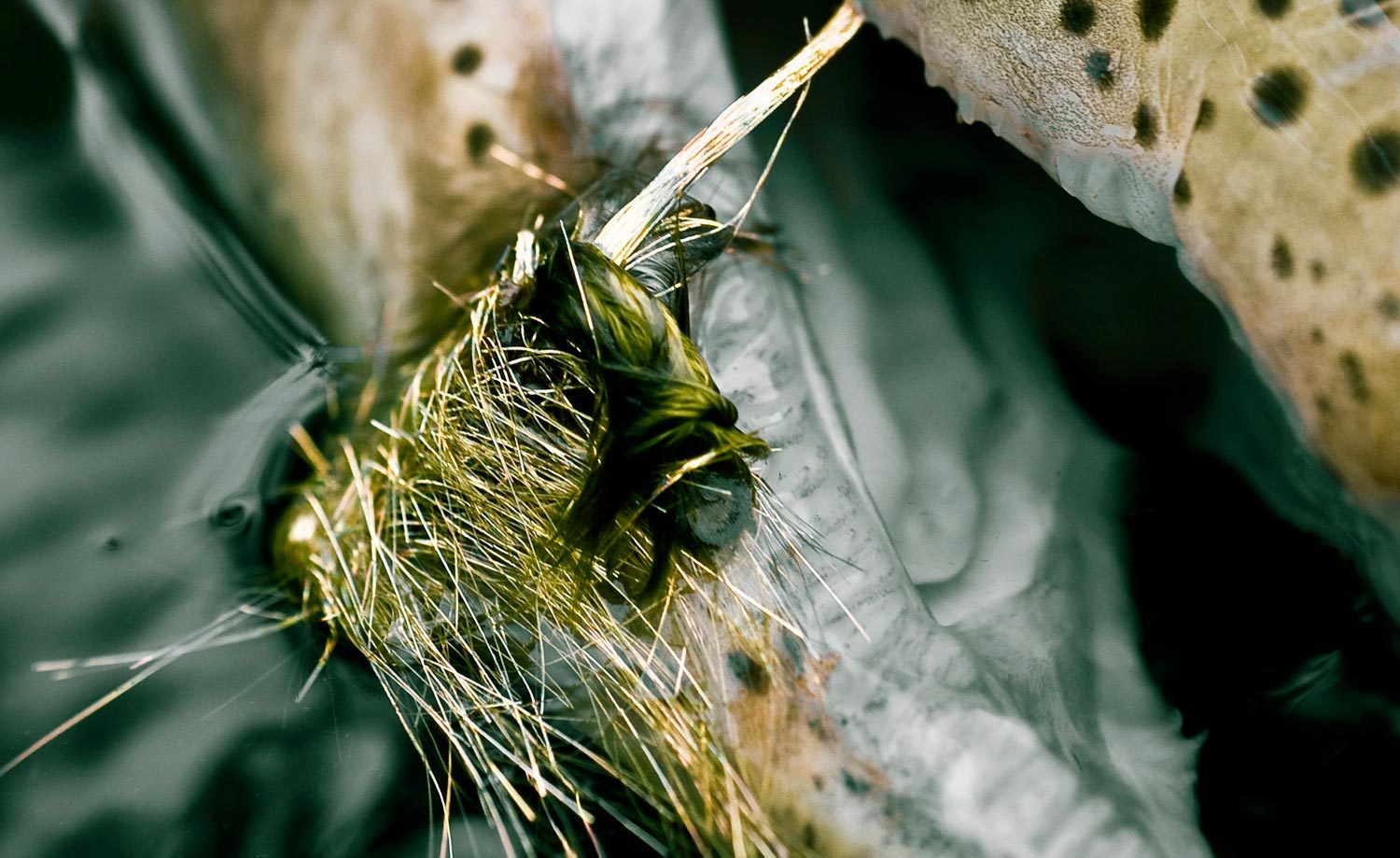
I fell in love with streamer fishing the very first time I cast one. All it took was me bringing one trout to the net on a size 6 white Zonker, and I was hooked. I’ll never forget that beautiful 15″ wild rainbow trout, that I caught and released on a ten foot wide Southern Appalachian blue liner up in North Georgia back in the 90s. I remember the tiny stream being too overgrown and tight for me to make traditional fly casts so I crawled down on a flat boulder, stripped out some fly line and dead drifted the streamer downstream into a pool. Nothing happened at first but I didn’t give up. Instead of retrieving the fly all the way in, like most anglers regularly do, I instead made a few strips in and then let the streamer drift back down into the pool. On my third attempt, that gorgeous wild rainbow trout hammered my streamer and I brought it into my net. I still use that downstream stripping and drift back technique quite a bit when it’s called for. It works equally well with nymphs and dries.
Read More »Sunday Classic / Choosing the Lens That’s Right You
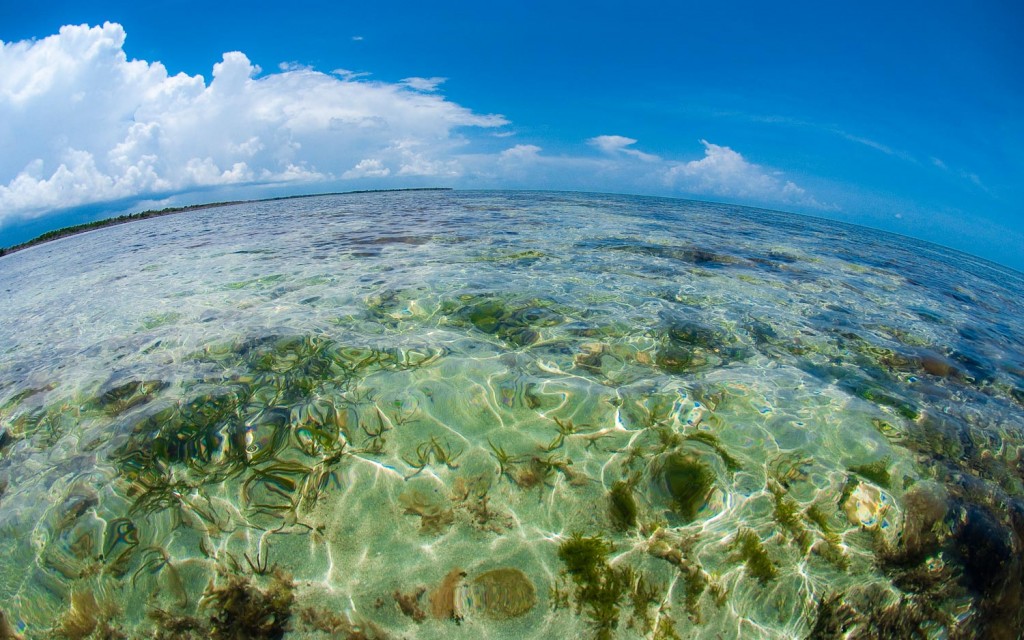
The most common camera question I get from my friends is “what lens should I buy.” My usual answer is, “the one that costs the most.” It’s a joke, but there is some truth to it. Here are a few tips on choosing a good lens that’s in your budget.
First of all you do get what you pay for and it’s better to save up and buy a good lens than to buy one that you will not be satisfied with and need to replace. Be wary of third party manufacturers. If you have a Nikon camera you are likely better off with a Nikon lens. The term “prosumer” means amateur. These lenses have poor glass and good marketing.
Modern zoom lenses are very good but no one lens can do it all well. Choose a zoom with a modest range like 24-70 not 18-200. Lenses with fast apertures like 1.8 can be wonderful for freezing action but a zoom lens with that kind of aperture will be very expensive. If a fast aperture is important to you you might consider a prime lens like an 85mm f 1.8.
Special purpose lenses like fish eyes are fun but a fish eye is a one trick pony, even if it is a pretty cool trick. A lot of guys see a cool photo taken with a fish eye and run out and buy one. They shoot with it all the time for the first month, then it lives in the bag. If you’ve got the cash, why not, but if your on a budget put that money towards a better quality wide angle.
The other question I get all the time is, “What’s your go to lens for fishing?” Hands down it’s
Read More »Saturday Shoutout / River of Gold
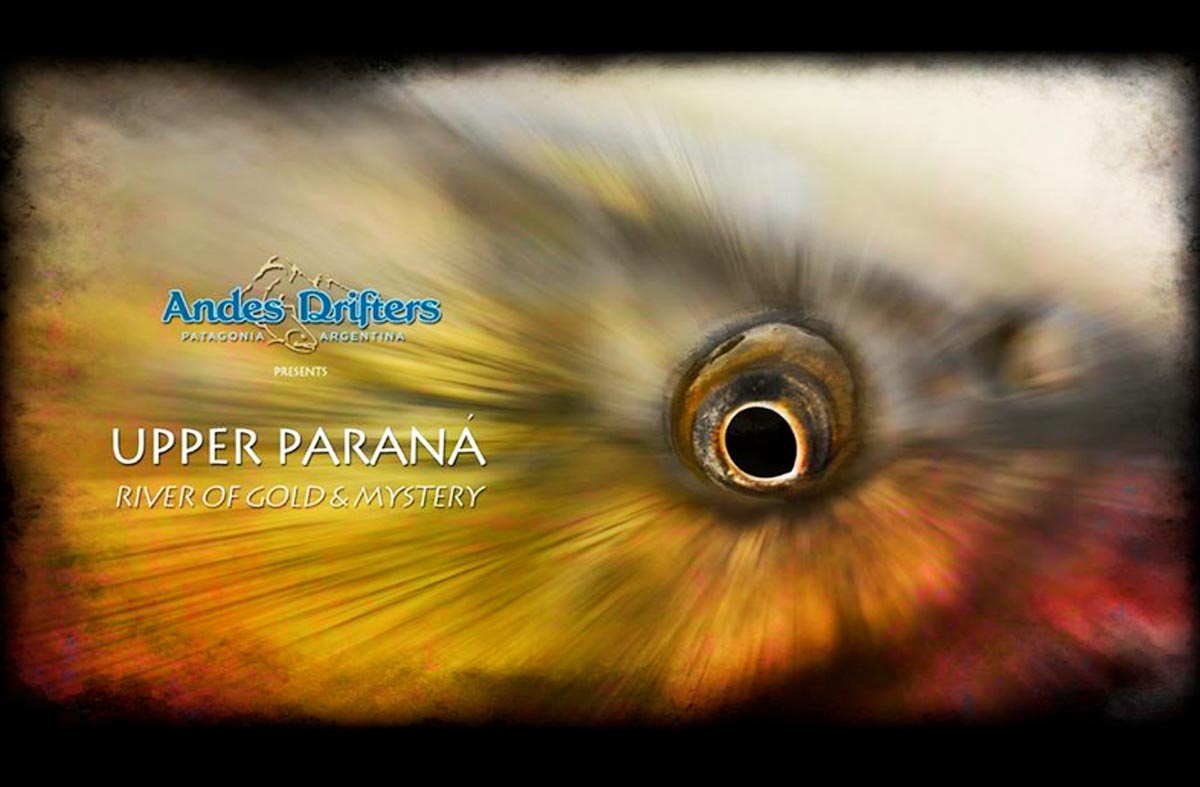
I MADE A PROMISE TO MYSELF, YEARS AGO, THAT I WAS NOT GOING TO MAKE A BUCKET LIST.
Meaning, that I wasn’t going to put off the things I wanted to do in my life until the end, counting on days I might not have. That said, I’ve had golden dorado on my mind for quite some time now. Big streamers and big hyper-aggressive predators crushing them? Where do I sign?
This film by Pablo Saracco, who I was fortunate enough to fish with in Argentina last year, isn’t helping one bit. In fact it’s gasoline on the fire. If you are not already obsessed with the idea of chasing these amazing fish, maybe you shouldn’t watch this. It isn’t going to be easy to forget.
I am so doing this trip! If you would like to join me, shoot me an email at hookups@ginkandgasoline.com. I’ll put something together.
UPPER PARANA, RIVER OF GOLD AND MYSTERY.
Read More »3 Dynamite Spey Rods For 2015
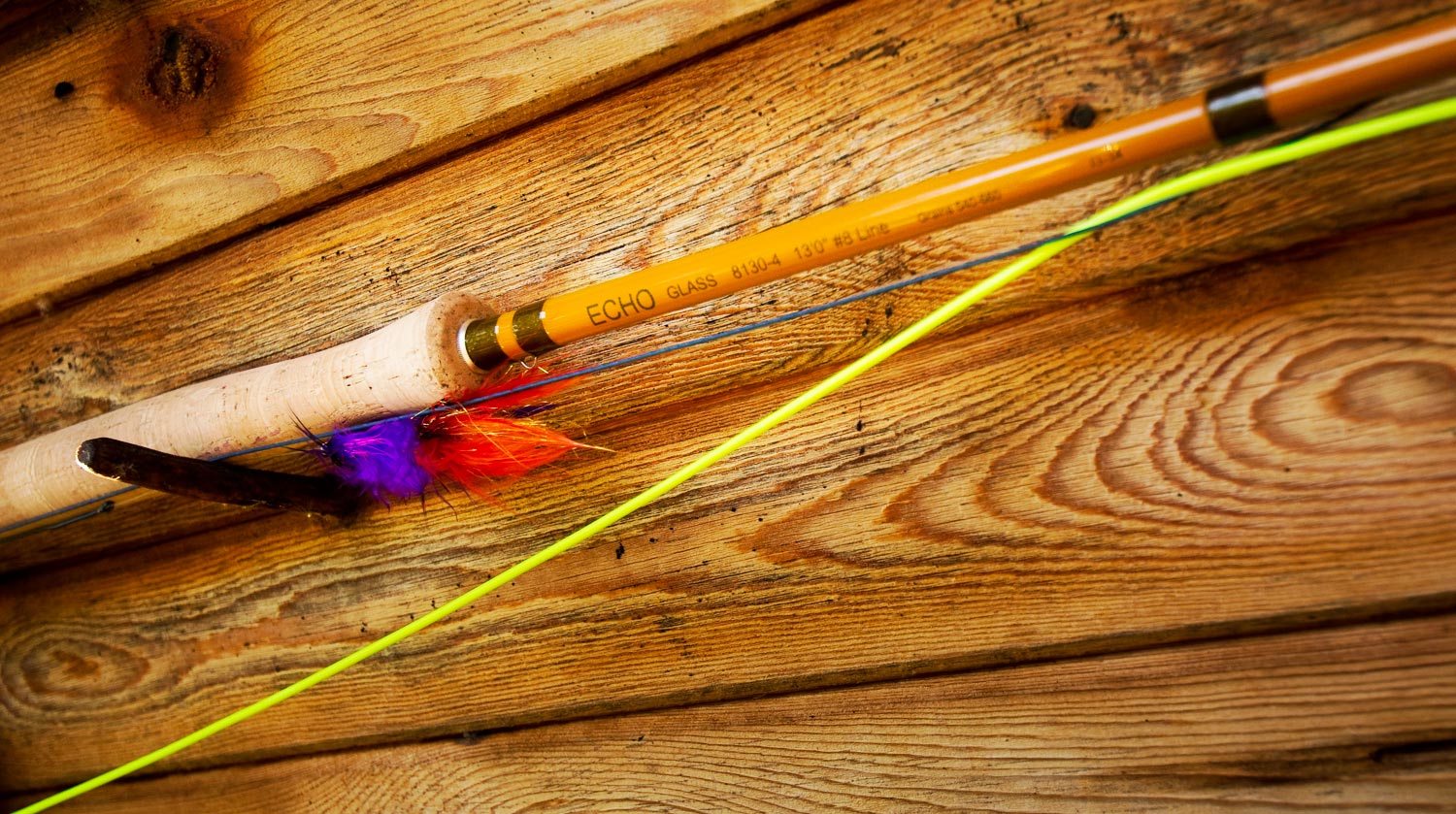
I’ve had the chance to cast a lot of Spey rods this year and 3 have earned my respect.
Whether I’m fishing switch rods for trout or full-on Spey rods for steelhead and salmon, I love swinging flies with two-handed rod. I only wish I got to do more of it. This year I’m trying to fix that and as a result I’ve had the chance to fish some really cool new rods and I’ve fallen in love with three of them. They are very different rods and I like each of them for different reasons. I’ll tell you what I like and why, and you can decide if one of these beauties is right for you.
ECHO GLASS 8130-4 13′ 8 WEIGHT $300
Fiberglass Spey rods? This was love at first sight. Fighting a fresh, wild steelhead on a fiberglass rod is a dream come true. The rod is beautiful and casts extremely well. It’s likely not what you expect. It’s not as slow as you might think and it packs a serious punch in the distance column. It does however, bend to the cork with a nice fish on, which is awesome.
Here’s the thing. I found that I loved fishing this rod when I dedicated myself to it. When that’s the only rod I carry and fish, I get in the groove and it’s a real pleasure. But if I’m taking several rods out for the day, switching up is tough. You have to really slow down with a glass rod and it takes me a minute to get my timing right. That’s not to detract from the rod, I guess it’s what you’d call a personal problem.
The Echo glass is not a niche rod. I’d feel perfectly comfortable going on a trip with nothing else. If you like glass rods and you like two-handers, I think you’ll love it. If you are used to a fast-action rod, just expect to spend some time working out your timing. Don’t cast it once or twice and make a judgment. I think most new Spey casters use too fast a stroke and this rod may well build better casting habits than a faster stick.
Get yours HERE!
SAGE 8136-4 13’6″ 8 WEIGHT $950
This rod truly surprised me. Having cast the single-hand one, I expected something completely different. This rod is as soulful as it is powerful. It’s capable of
Read More »Tarpon on the Fly: 10 Rookie Mistakes
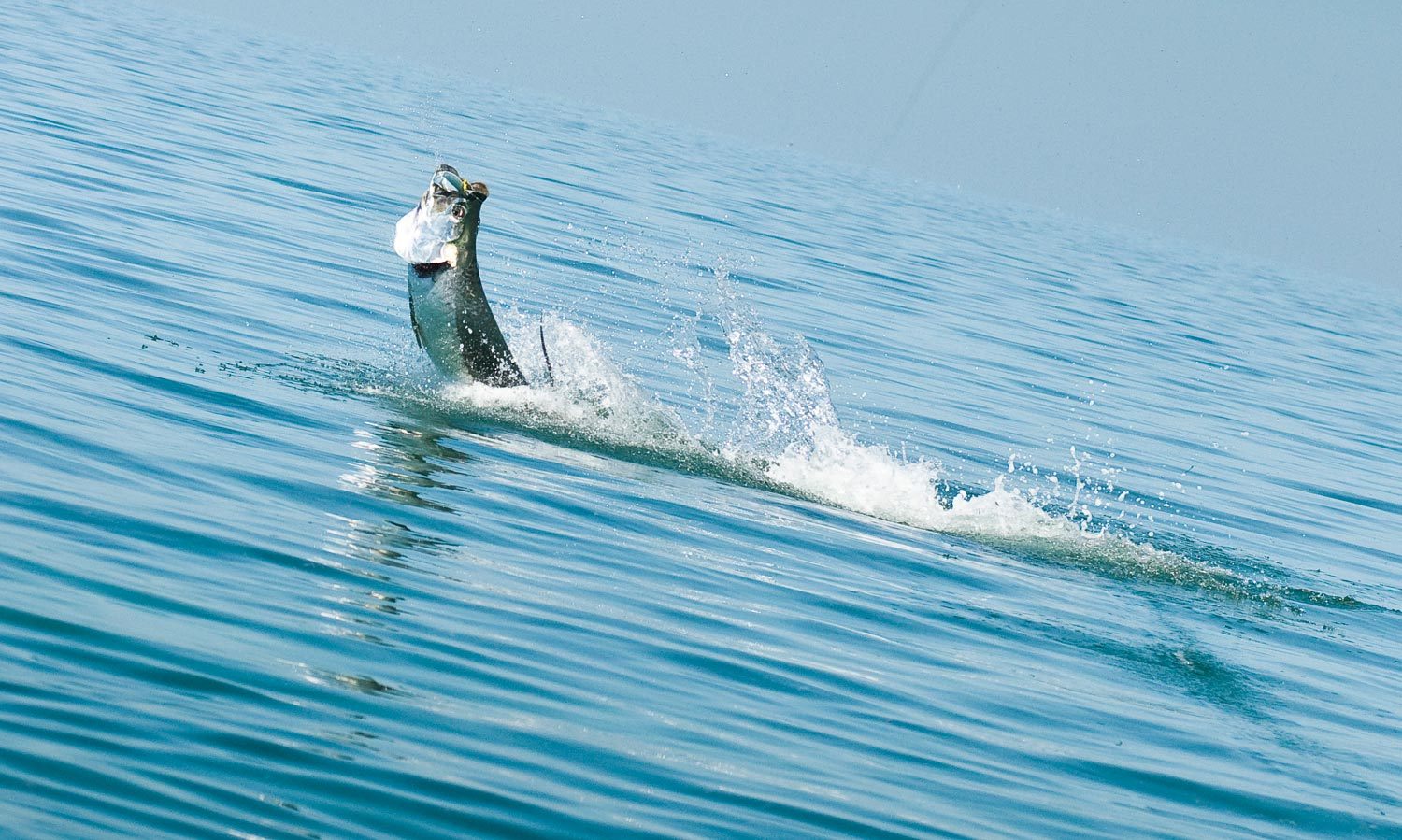
I’ll never forget heading down to the Florida Keys for my first fishing trip for tarpon on the fly. Cruise control set and adrenaline pumping through my veins, that fifteen hour drive south only felt like it took four hours. My rookie confidence was overflowing, leaving me zero doubt that I had the necessary fishing skills to step up to the challenge of landing a tarpon on the fly. After my first trip was completed and I played it all back in my head, I realized I could have been a whole lot more prepared. My guide Capt. Joel Dickey did his job. He put me on plenty of fish, I hooked up with a couple nice tarpon, but I never landed one because I made too many rookie mistakes on the bow. Below are 10 common mistakes I wished I would have taken the time to read over before I made my first tarpon outing.
Read More »